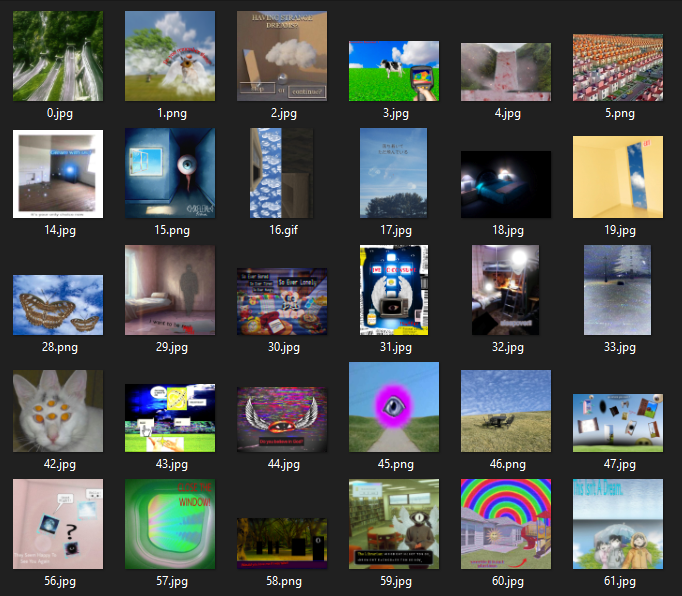
Creative Writing

Dreamcore Diffusion (Model Series 1, 2023)
This image generation model is based on the Weirdcore and Dreamcore aesthetic styles. Using a combination of images scraped from various websites, this experimental model captures the degraded textures of one of the web’s most interesting “poor image” aesthetic movements. Natively trained on over 1,200 images, Dreamcore Diffusion reproduces aesthetic elements appropriate for both Weirdcore and Dreamcore styles. Created with entirely open-source, public tools and using only publicly available images, this model was released to the aesthetic community in 2024
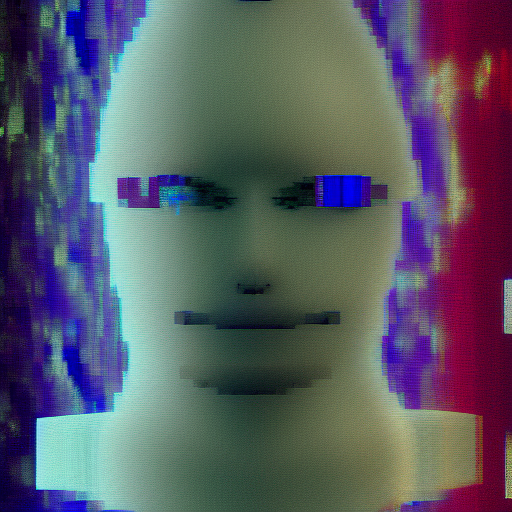
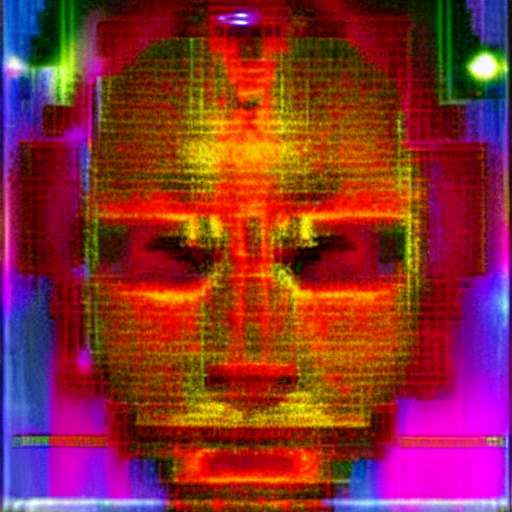
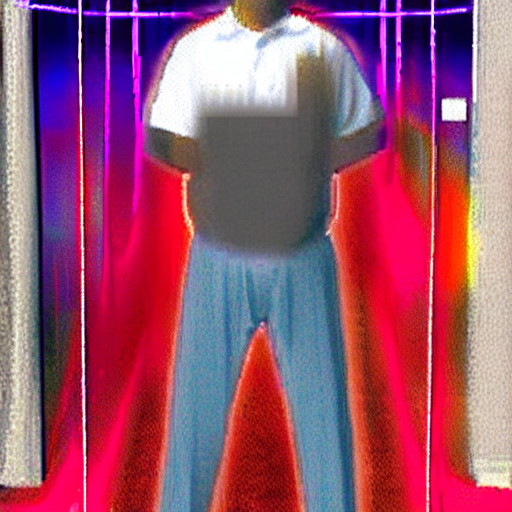
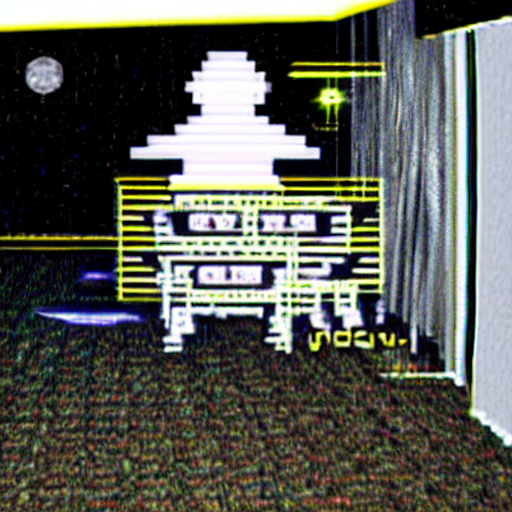

Revolutionary Retromimesis (2023)
This retrofuturist image generator and natively trained Stable Diffusion model is based on vintage Chinese comic books (小人书) produced under a Maoist media paradigm. These didactic comics, often with dynamic illustrations and moralized “true stories,” are the result of a revolutionary form of mimetic cultural production which prioritized the effect of media rather than its authorship. Created with entirely open-source tools, this project revives mimetic cultural production for the AI age. The dataset for this project consists of over 600 hand-scanned and edited images which were flipped and cropped to create a total of over 1,200 training images. It is accompanied by an essay explaining the interpersonal encounter which led to the creation of this project.





Machine Dreams of a Cosmopolitan Past (2024)
This project, exhibited at MUTEK Forum 2024, is an open-source latent diffusion model which reproduces art developed under a premodern, alternative cultural paradigm to explore paradigm shifts in art and cultural development. This AI model is a deeply personal cultural journey for its creators, but it also attempts to address major issues of representation in generative AI models. Image generation models have demonstrated an over-representation of Eurocentric cultures and a lack of diversity; by introducing a model trained on over 800 hand-tagged and edited images from the Shahnameh, Machine Dreams of a Cosmopolitan Past is an initial foray into adjusting representation. This project was created with generous support from Concordia University’s Milieux Institute, and was part of a series of artworks piloted by the Milieux Institute’s Generative AI Studio.


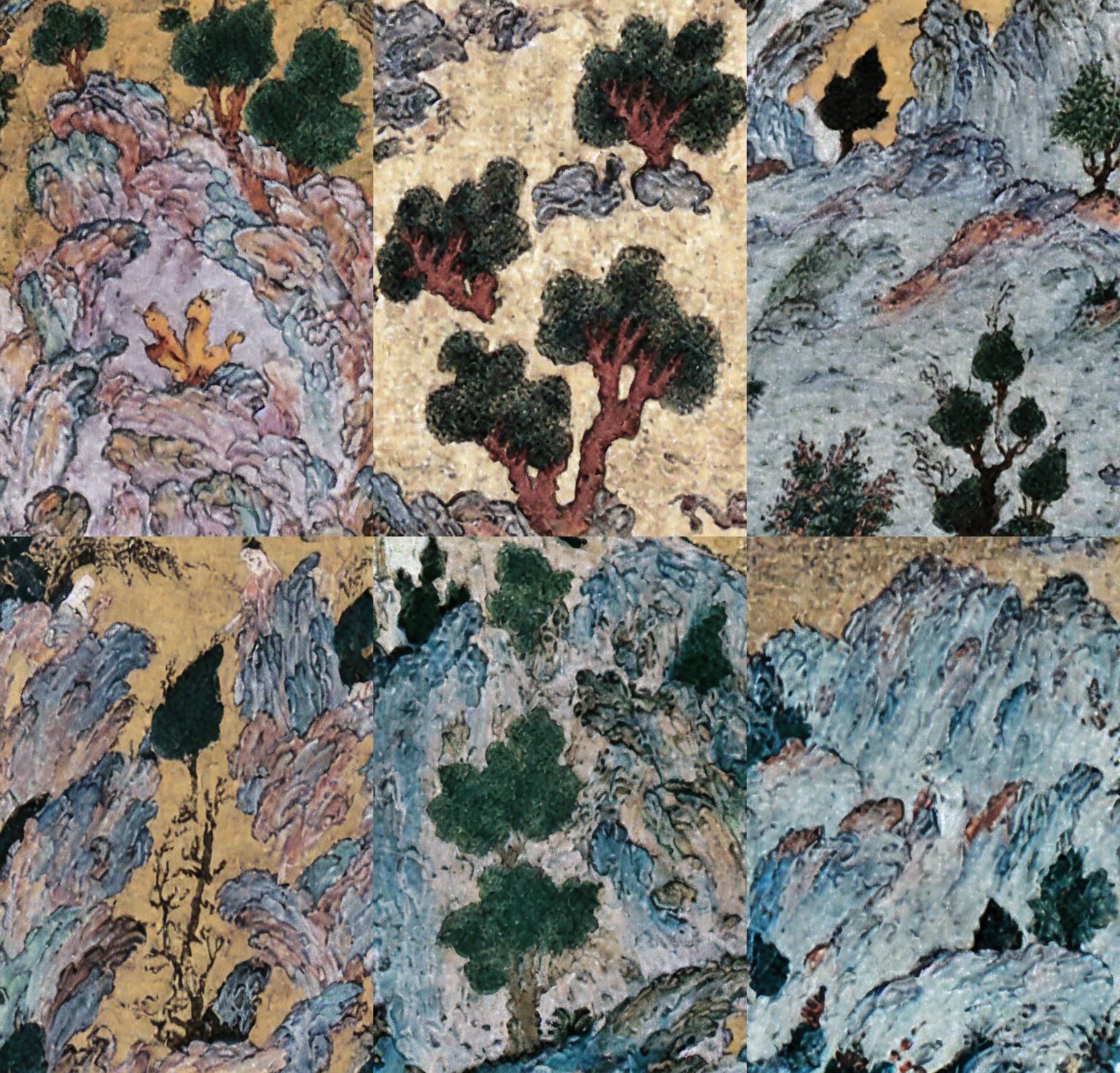
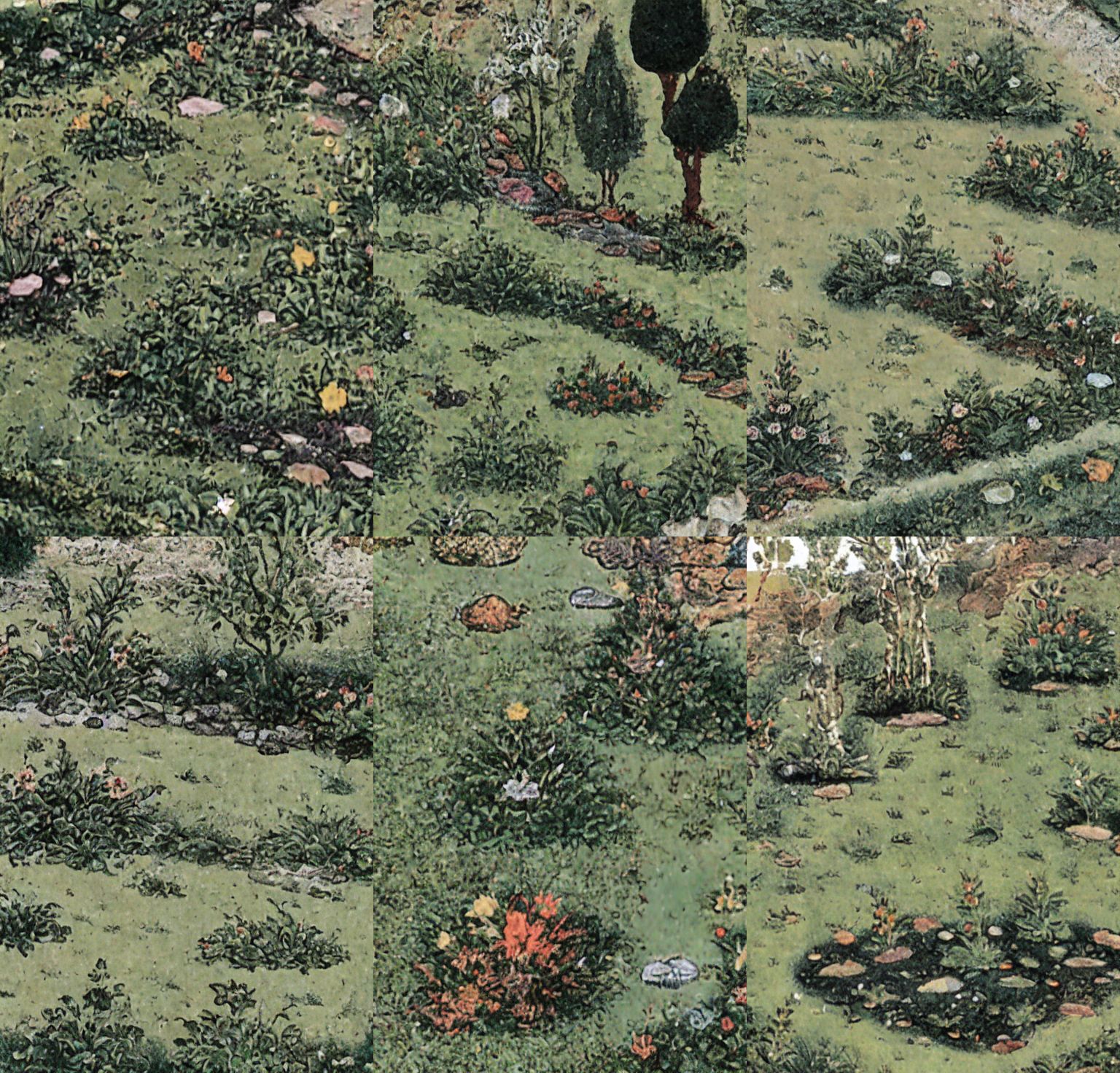

The Wall (2024)
This interactive project was exhibited at the Nostagain Symposium at Concordia University in February 2024. The bottle design reflects the symposium’s yearly theme, “Time in a Bottle.” Drawing from themes related to time capsules, messages from the past, serendipity, memory and synchronicity, this interactive installation allowed participants to anonymously share their own views on nostalgia, including nostalgic memories, associations, and insights generated from participation in the symposium. This artwork was displayed on 4 screens at Concordia University’s 4th Space, including an exterior-facing screen which extended participation to passers-by.



Idle-Bot (2020)
Idle-bot is an interactive chatterbot designed to challenge the typical commercial assumptions of the chatbot as a form itself. Drawing on and subverting human expectations of nonhuman agents, this sassy bot does not want to work. If challenged or told to do something it doesn’t want to do, it will respond by insulting the user. To give the bot a sense of personality, meme images and animated gifs were incorporated into the conversation flow. The bot’s goal is to convince the user that there’s more to life than just work. If a nonhuman agent can refuse labor, humans can too.




Memoir-Bot (2020)
Built on Zach Whalen’s Google Spreadsheets bot template, this madlibs-style Twitter bot is a tongue-in-cheek commentary on trends in contemporary American memoir. What are we asking when we ask a writer to revisit their darkest hours for the sake of a marketable story? What do readers get out of consuming the pain of others, especially the pain of racialization? How do we even know which stories in any given memoir are real in the first place? Writers can, after all, be unreliable narrators. Memoir-bot recombines different holiday trauma related memories into a tangled simulacra, published on Twitter for the world to see. Some of these generated memories are real; some are false; does it even matter? Memory is mutable, obscured through psychological constructs, pushed to the unconscious until an environmental trigger brings it flooding back. Memoir-bot’s trickle of memories and maybes soothes the hyper-vigilance associated with post-traumatic stress disorder by replacing human rumination with a machinic jumble.


Tweets of Despair (2020)
As our lives migrated online during the COVID-19 Pandemic, we began to conduct our daily affairs against the backdrop of perpetual online shitstorms, a new scandal titillating the internet each and every day. When lockdowns limited human movement and interaction, the world seemed to be reduced to an abstract, mediated headspace. This sudden descent into total alienation from the social body corresponds to what Franco Bifo Berardi diagnoses as the psychological mutations of our information age. New forms of mental suffering emerge as life revolves around the demands of capital.This project uses Tweets scraped from March 15-16 to create an audible version of human mental suffering during the pandemic. Scraping terms such as “go to the doctor,” “burnout,” “overstimulated,” and “overwhelmed,” the collected Tweets were run through a Python-based sonification program. Each query was used to create a single track, which were pitch-shifted and assembled using Audacity. The end result is a miserable cacaphony, vaguely reminiscent of...birdsong?.




Idle Tides (2020)
This short experimental interactive translation combines Haizi’s final poem with imagery reflecting the translator’s experience of the poem. Translated couplet by couplet, the meaning emerges slowly while privileging the original Chinese text..




Adventist Trail (2019)
The Adventist Trail project derives from an experience as a volunteer exhibition writer at the West End Museum in Boston, MA. The Old Howard Athenaeum, a popular vaudeville and burlesque theater, was originally built at the site of a major Millerite tabernacle. The Millerites, an eschatological movement which would lead to the founding of the Seventh-Day Adventist Church, offer a perspective which challenges popular American perceptions of the mid-19th century. Rather than participate in the expansionist frenzy of “manifest destiny” and industrialization, Millerites looked to the end of the world as a liberation from the drudgery of labor and the economic imperative of endless expansion. This course project modified a javascript reproduction of the edutainment classic “The Oregon Trail” into an “Adventist Trail,” providing a jocular way of revisiting a contested period in American history.
Playable Version Coming Soon!



